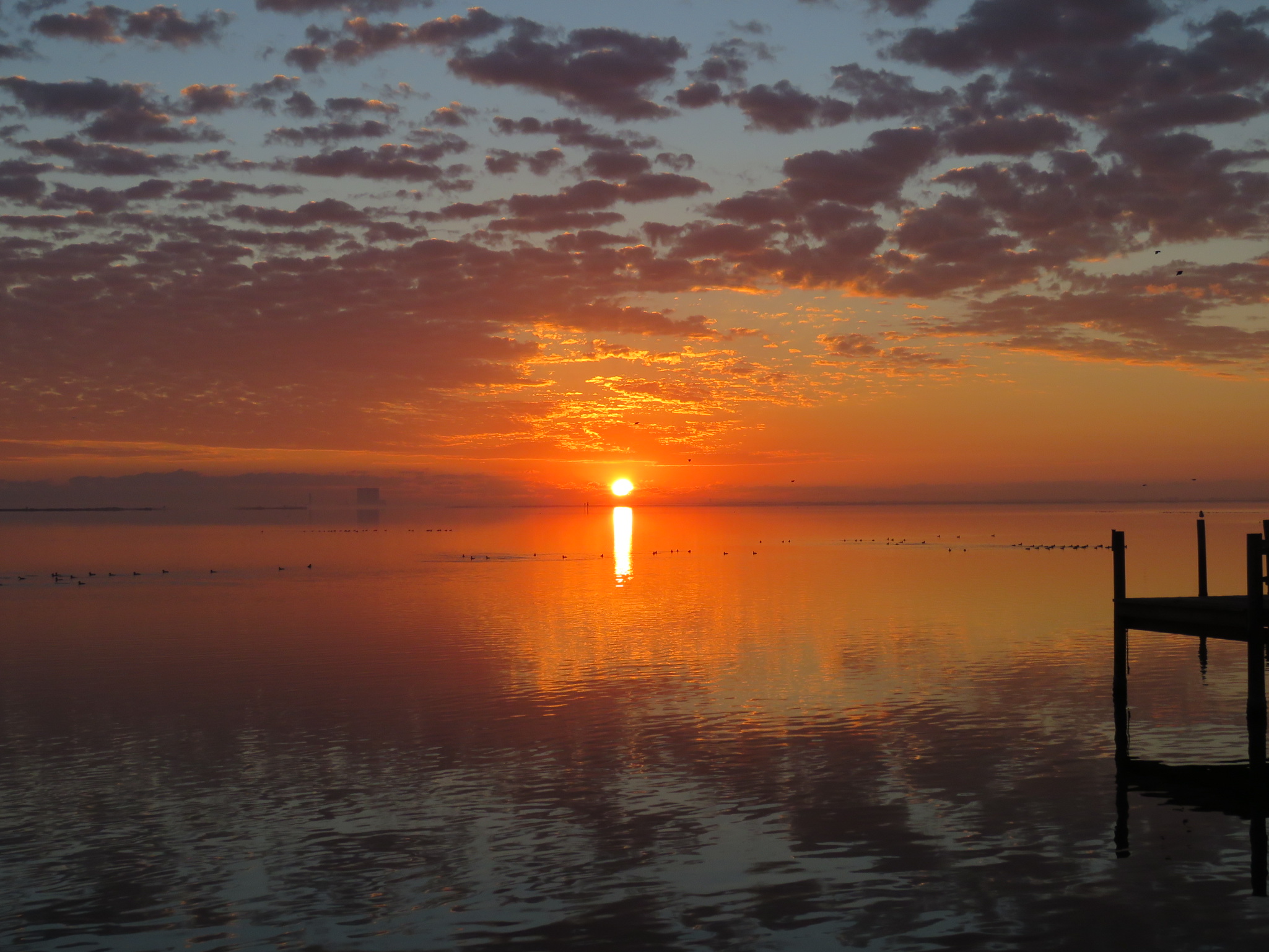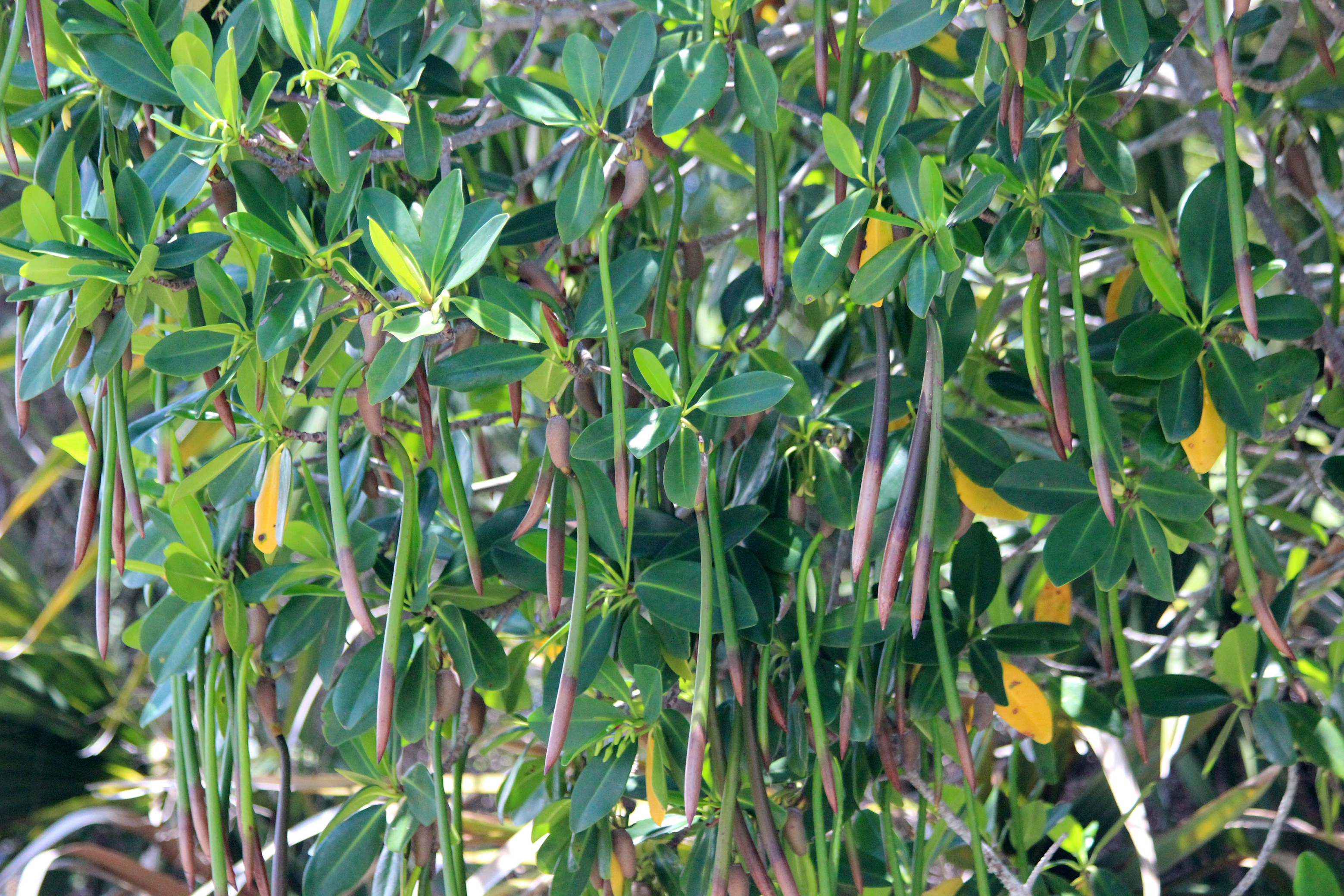
Ecology of the Indian River Lagoon
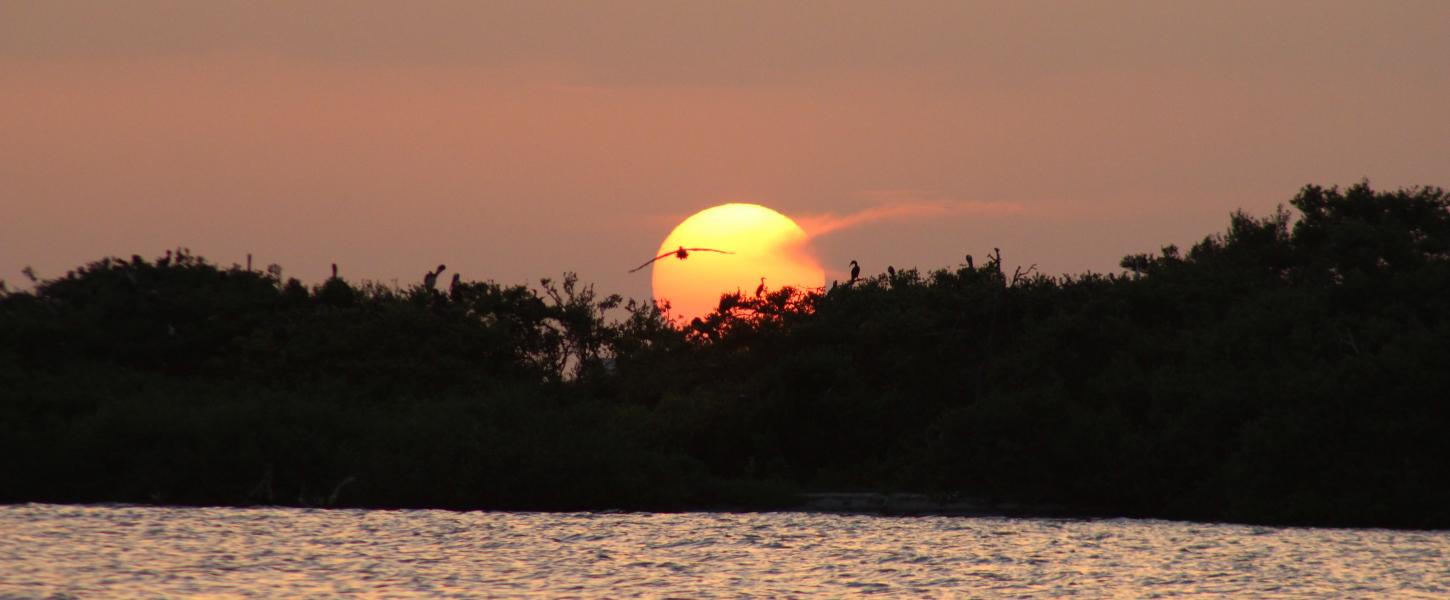
The preserve is located on the barrier island in South Melbourne Beach and protects the watershed of the Indian River Lagoon.

Considered one of the most biologically diverse estuaries in North America, the lagoon has been designated an Outstanding Florida Water and an Estuary of National Significance.
The site’s mangrove wetlands and salt marshes provide breeding, nursery and feeding areas for a variety of organisms. These coastal areas also filter runoff, stabilize sediments, maintain water quality and protect shorelines from erosion.
The Indian River is not a river at all, but, more precisely, an estuary and a lagoon. It is a place where saltwater (from the ocean) and freshwater (from the mainland) meet to form brackish water.
The saltwater comes from the ocean through inlets like the Sebastian Inlet. The fresh water comes from tributaries that flow off the mainland, like the Sebastian River or Turkey Creek.
The Indian River Lagoon is the body of water wedged between the barrier islands of Florida’s eastern coast and its mainland.
On any given day, the Indian River may flow north. The next day it may flow south, and another day it might be completely stagnant and not flow at all. That is because it is affected by winds, which vary the lagoon’s direction of flow. A true river flows a single direction.
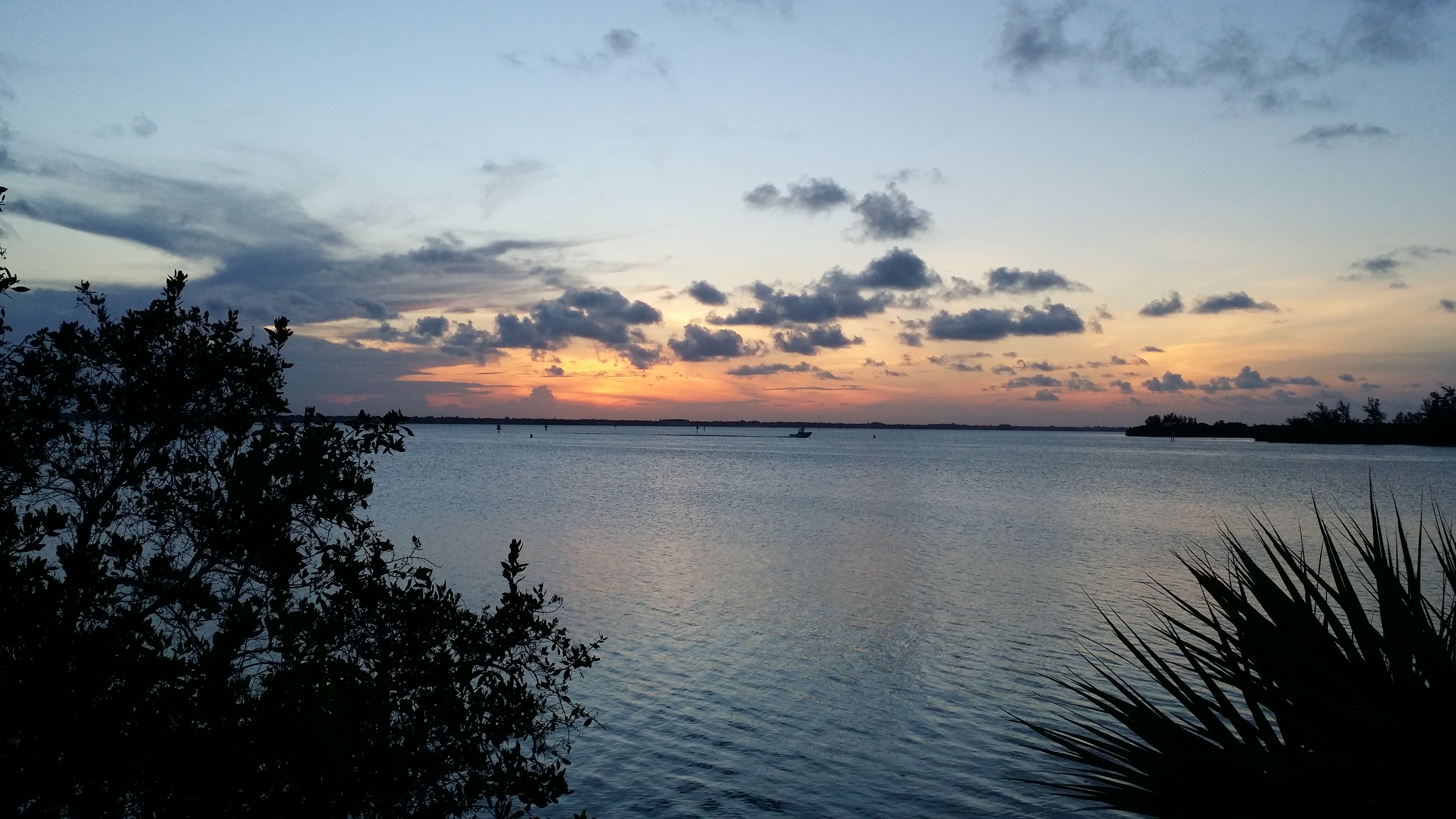
Interesting facts about the Indian River Lagoon
- The width of the lagoon varies from one-half mile to 5 miles.
- The average depth of the water is only 4 feet.
- The 156-mile-long estuary is composed of three main bodies of water: the Banana River, the Indian River and the Mosquito Lagoon.
- Five inlets connect the Indian River Lagoon with the Atlantic Ocean.
- The lagoon has 685 species of fish.
- The lagoon has 370 species of birds.
- The lagoon has 2,200 animal species.
- The lagoon has 2,100 plant species.
- Ocean beaches in the lagoon region attract some of the highest numbers of nesting sea turtles in the Western Hemisphere.
- The northern limit of mangrove trees occurs within the lagoon boundaries.
- The lagoon contains 27% of eastern Florida’s coastal salt marshes.
- The lagoon is the only place in the world where the Atlantic salt marsh snake is found.
- The lagoon is located along the Atlantic Flyway, a key biological highway for many migrating birds.

The lagoon has been called “the cradle of the ocean,” acting as a refuge for countless species. It serves as a spawning and nursery ground for many of the fish species found just offshore Florida’s coast.
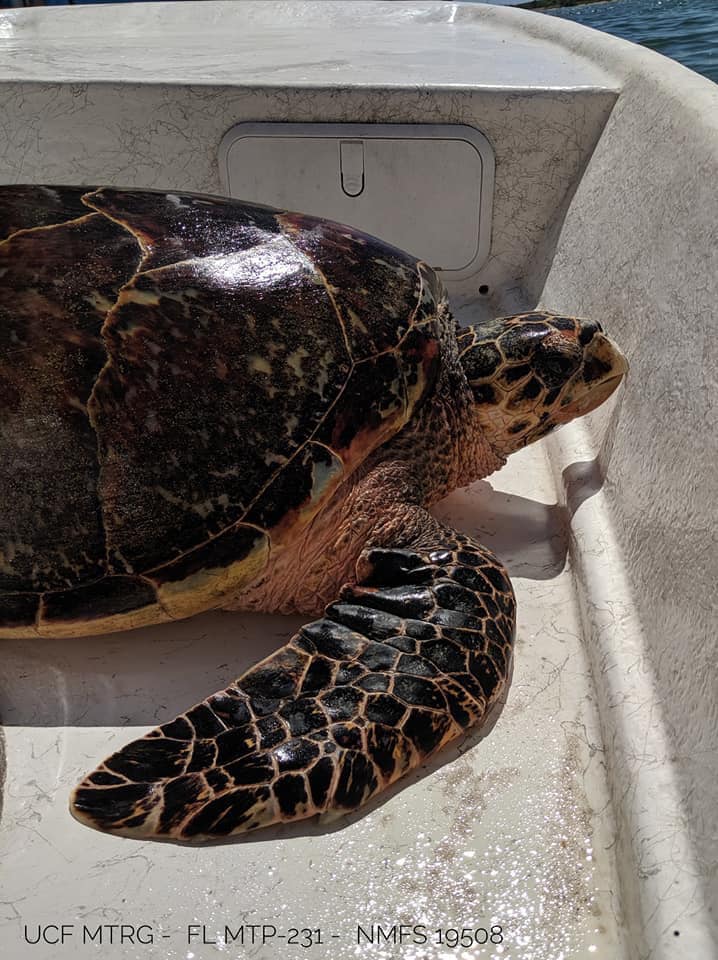
The lagoon’s less-saline water acts as a protective barrier for young fish, crabs and shrimp. This gives them an opportunity to mature in the verdant grasses and mangrove shorelines, free from some predators, before reaching maturity and moving back out to the ocean.
Juvenile loggerhead, green and leatherback sea turtles can be found in the Indian River Lagoon seeking food and protection. A critically endangered hawksbill sea turtle was found in the lagoon in May 2019, pictured on the right.
The Indian River Lagoon is also a great place for birding where you will see a diverse amount of birds. Bring your binoculars because depending on the time of year you might see something interesting!
The Indian River Lagoon is also important to humans. It provides boundless beauty and recreational opportunities for those who enjoy time outdoors.
It is responsible for one-seventh of the region’s economy. The overall economic value of the lagoon was estimated at $7.6 billion in 2014. Lagoon fisheries generate an estimated $30 million in revenues annually, and the lagoon provides approximately 50% of the annual fish harvest along the east coast of Florida.
People from all over the world travel to be able to enjoy the ecotourism experiences that the Indian River Lagoon has to offer!
The biodiversity found in the Indian River Lagoon is truly unmatched and this gem is a testament to ...the Real Florida.
